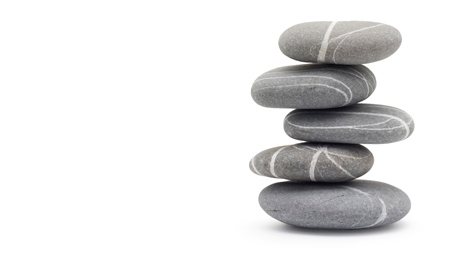Update Yourself: Who Am I Today?
I think of a scene from the Disney version of Cinderella, when the heroine sees herself in the dress for the first time and realizes she is a beauty. It’s like the scene when the young hero first puts on his military uniform and becomes who he is. There is a magical click of recognition when the looking glass says back, “Yes, we are what we dream.” –Julia Cameron, Walking in this World
All too often we get caught up in the daily demands of our lives – checking off our to-do lists, meeting deadlines, checking our PDA devices. The speed of life keeps us on auto-pilot, masking the inherent growth and accomplishment we make each day. However, tremendous power exists in understanding where we are and who we are becoming – such self-awareness fuels our expansion as leaders, increasing our overall self-worth and confidence. With such positive benefit, what then comprises a practice of updating oneself?
Acknowledge Yourself
The first step is to consciously acknowledge ourselves. We too often dismiss this or look to the external world for approval or self-validation. For some of us, we find it easier to focus on what we have not completed or goals unmet, keeping us in a cycle of self-criticism and judgment.
Take Tom, a principal in a global consulting firm. Despite a great track record and strong first year as a principal, Tom experienced anxiety around his performance and future. His self-confidence and presence weakened by an underlying sense of overall hesitation. As part of our coaching work, I asked Tom to create a list of things he was most proud of across all areas of his life for the last year.
Most surprising to Tom was the sheer scope of his list, going well beyond work goals and milestones. He was actually most proud of his growth as a leader and his increasing ability to motivate and develop his team. He also acknowledged himself for his role as father and husband amidst heavy work demands. For Tom, the very act of writing his list lifted a huge weight off his shoulders. His acknowledgement of himself not only provided anxiety relief but also strengthened what was important to him, what he valued, and where to better focus his attention and energy for the next year.
Let Go
In addition to acknowledgement, the updating process also includes the ability to let go. Letting go is an intentional recognition of those things or people that no longer serve us or get in our way – anything that keeps us stuck in the past or tied to a future out of reach. Memories and sentiment are wonderful as are goals and vision – but not when we use our past or future to hold us “smaller” than we really are today.
For Tom, the updating process included shedding old beliefs about himself and others, shifting from seeing himself as more junior and great at executing work to now realizing he was a firm leader, a market maker generating business for the firm. In our work together, Tom also considered how even tangible items such as old files, office clutter, and his professional dress reflected a younger, less experienced version of himself.
Take Your Place
Updating oneself is not about “puffing oneself” up or learning to be more arrogant. In fact, the opposite is true. We use it as an opportunity to learn and integrate from our experiences – a time to reflect, take stock, and allow our accomplishments, growth, and new skills cement and solidify.
There is great humility in such a process when we slow down to get in touch with what is present today. We no longer fear to take our place in this world and occupy it fully. Our impact on others becomes far greater as our consistency, clarity, and confidence frees them to find and do the same.
The first step in seeing our true size is cultivating the ability to acknowledge ourselves. The very act can become a “looking glass” or mirror with powerful information:
- What are you most proud of the past three quarters? (this can include accomplishments, new experiences, great moments, new skills gained, how you handled a difficult situation etc).
- What have you learned from the items on your list?
- What does this list suggest about your values, character, and commitments?
– Amy Jen Su


